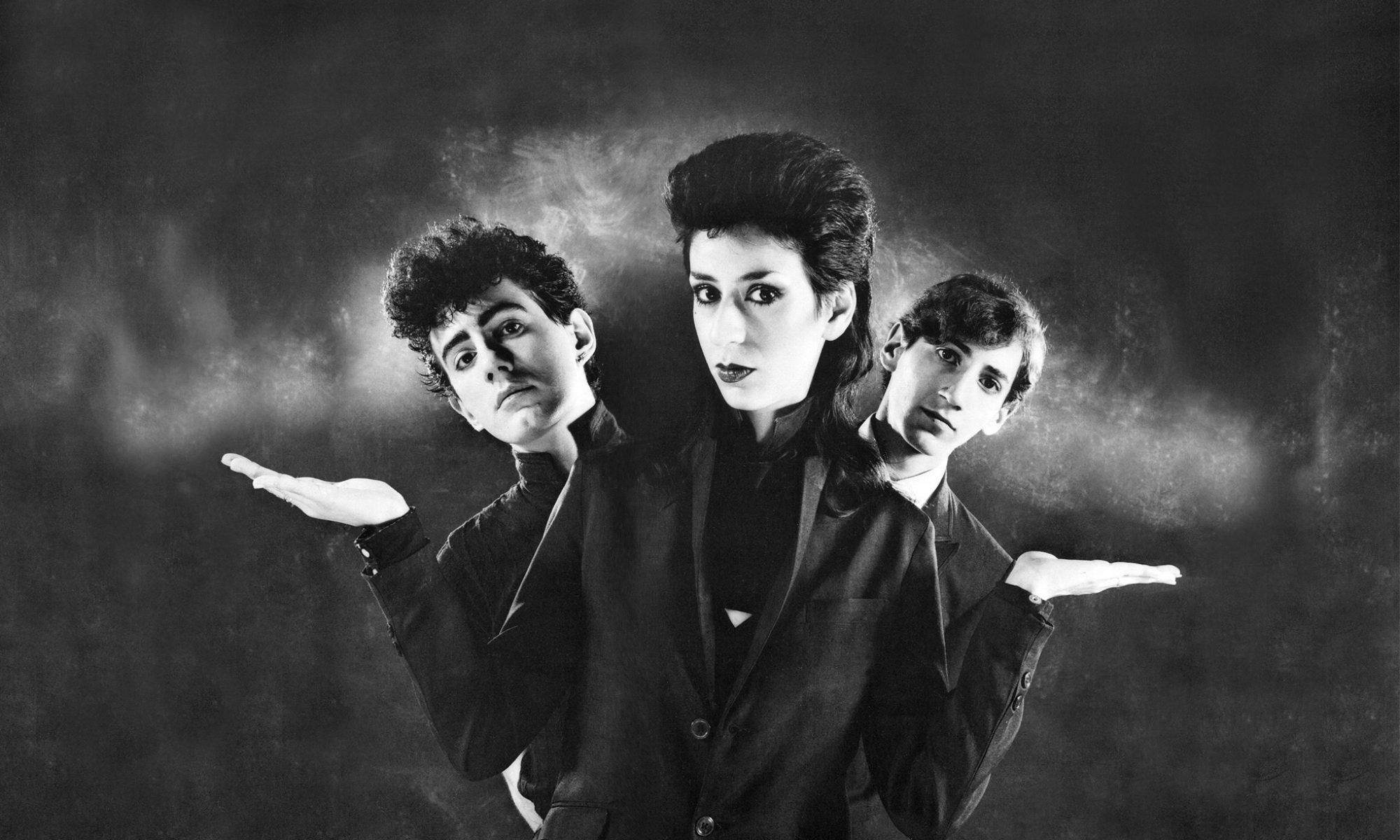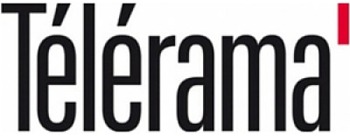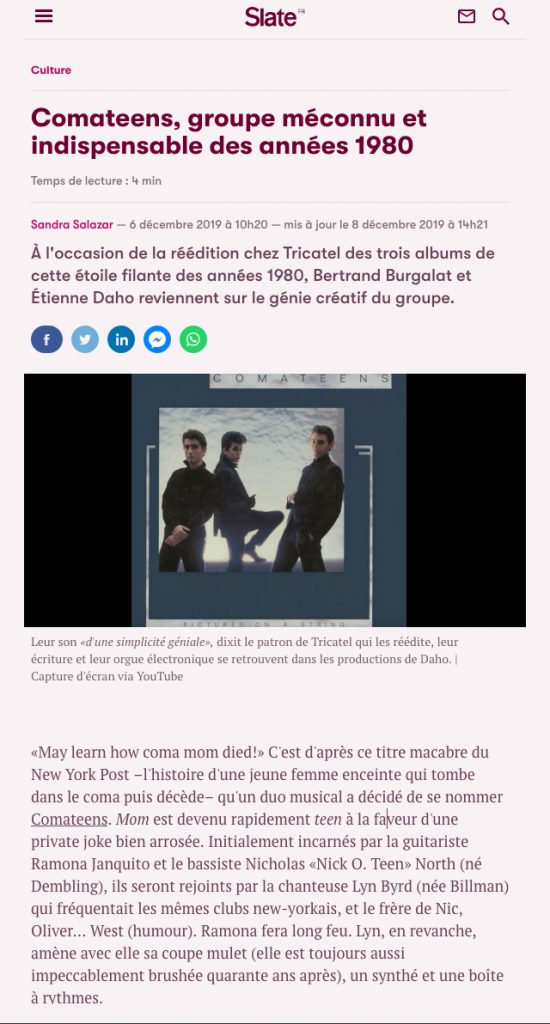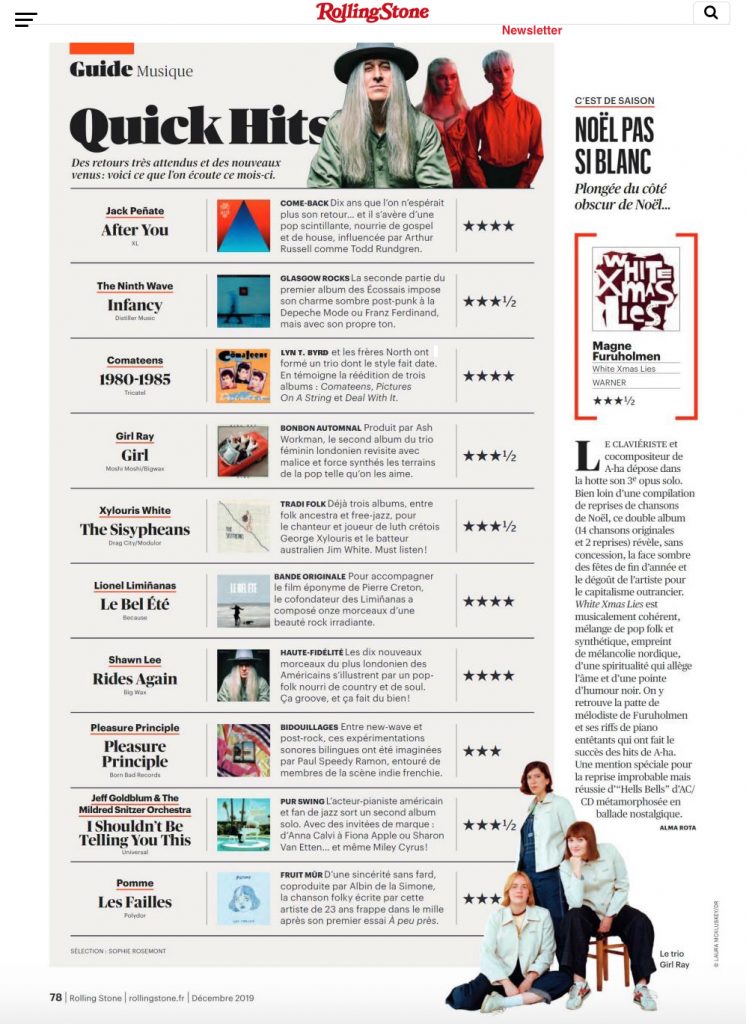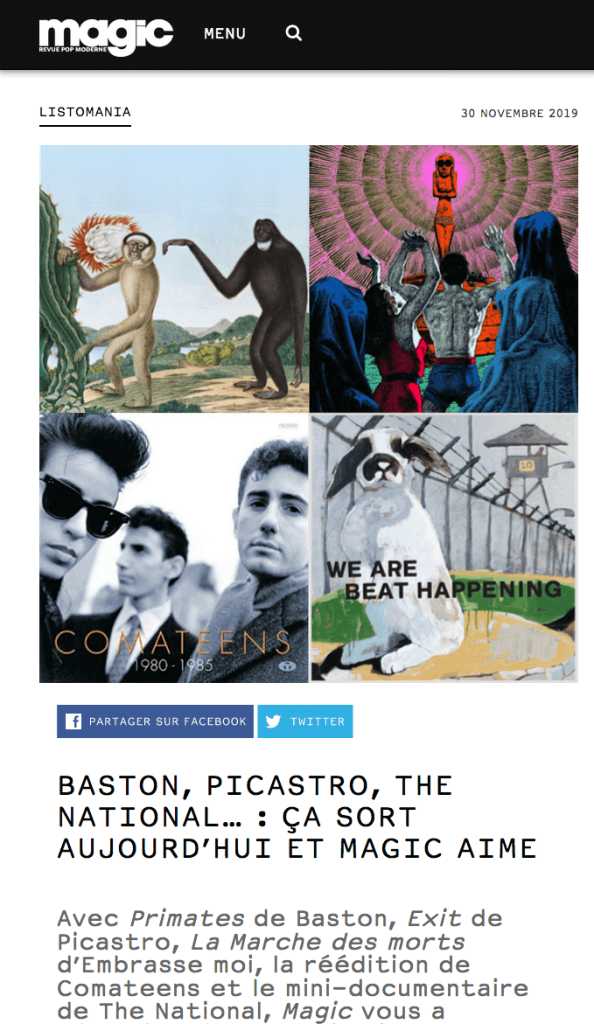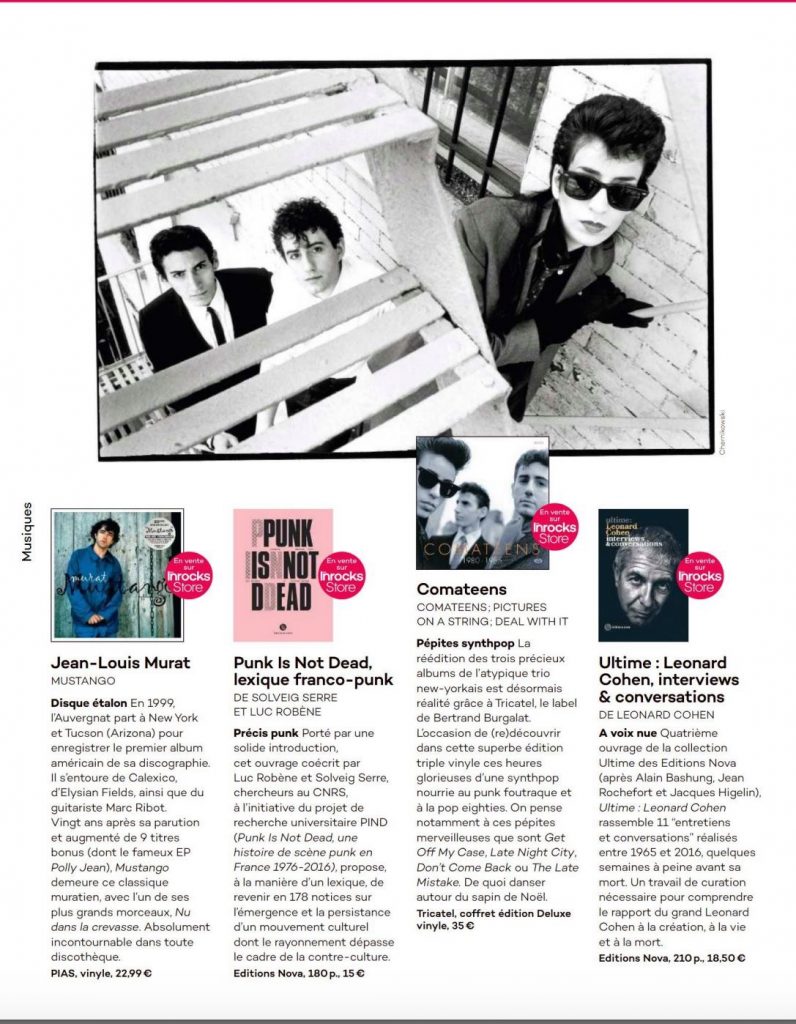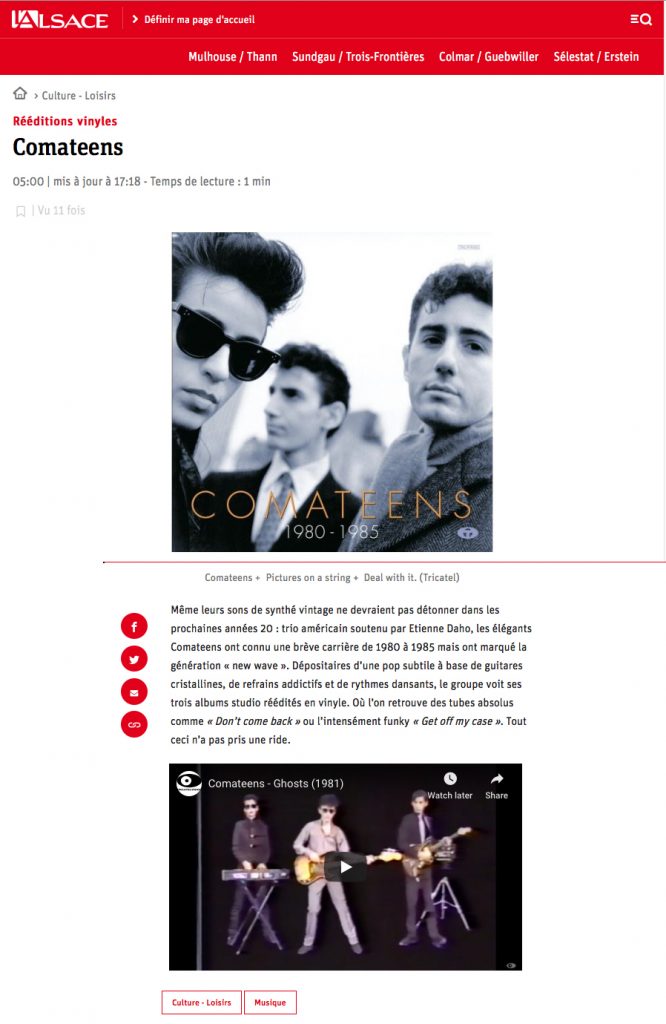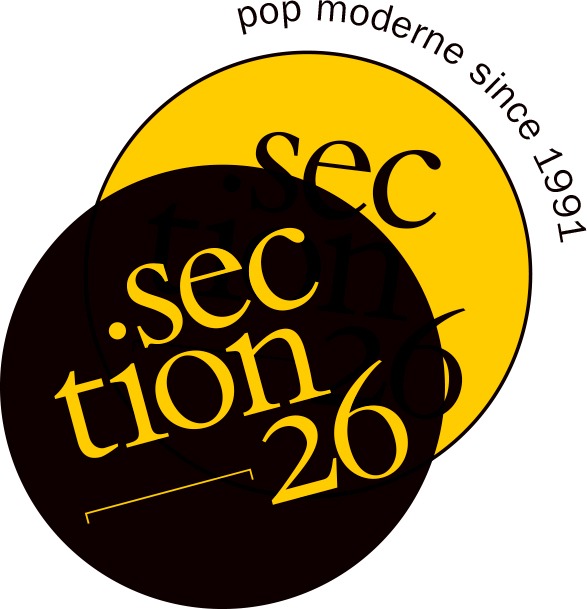

12/21/2019
“…the trio configures organic synth songs imbued with a contagious retrofuturism…”
Portrait
Comateens : Manhattan Transfer
It is the history of France, land of asylum. It is the story of artists whose Hexagon is infatuated, in the wake of journalists and Frenchy but chic singers. It is a story that begins in New York, at the very end of the 1970s. It is the New York of all possibilities, the New York of neighborhoods where you do not give a shit, the New York of the Warriors of the Night, New York where we meet (more or less) young people inspired by Rimbaud , Warhol, Genet, Verlaine, Godard, Kerouac, Velvet, Ginsberg, Roxy, Truffaut, Bowie… This is the New York of Patti, Debbie , Basquiat, no-wave , disco that makes your body beat, young women who dream of being stars, artists who expose themselves in the streets… It’s 1978. Autumn. Nicholas, born Dembling, calls himself North and gets together with Ramona Jan to explore ascetic rock, minimalist pop. They record some originals, a cover of a Bowie song, use a drummer but prefer the services of a drum machine – yes, like Suicide . That’s when Lyn Byrd (née Billman) comes into play, a young woman who cultivates the mystery behind her Wayfarers : she manages the said box on stage and then slides behind a synthesizer. There is a self-produced single, an appearance on a compilation which had its quarter of an hour of glory, Marty Thau Presents 2 x 5 (five groups sing two songs each, simple to understand) and whose subtitle was unequivocal: New York – New Wave. And then, Ramona decides to leave while the couple – on stage but also in the city – welcome in April 1980 Nic’s little brother on bass, the first name Oliver .
In their corner of Manhattan, the trio configures organic synth songs imbued with a contagious retrofuturism, the foundations of which are this jerky rhythm machine, a vintage keyboard, a light guitar and a well rounded bass. They and they love the dark to go out at night and would have been perfect in the credits of one of the first films of their contemporary Jim Jarmusch . But their falsely carefree music especially appeals to curious French and music lovers who then hang out on this side of the Atlantic. Starting with the so-called Fabrice Nataf , informed music lover future director of Virgin France and manager of Etienne Daho , who takes the group under his thumb, produced it and published in 1981 in France on his Call Me structure a first album without title , whose pink on the cover announces the color.
Exquisite pop songs (the irresistible Late Nite City ) or disturbing (the haunting Ghosts ), stylish versions of Bowie, therefore ( TVC15 ) and The Lovin ‘Spoonful ( Summer In The City ), quirky melodies sung in masculine or feminine are the advantages of a record which could be the joyous cousin of Colossal Youth by Young Marble Giants (1980). For retail enthusiasts and compulsive fans, it is not exactly this version * that we find in the magnificent box imagined today by Tricatel . Neither does its American counterpart, including the pretty cover, for the occasion – a magnificent black and white photo of a young French photographer who started out at the time, Jean-Baptiste Mondino . But whatever, because the main thing is elsewhere. It was 1981 again, and the Comateens landed in France, playing among other things in Paris at the famous Rose Bonbon club (decidedly) with a stammering group in the first part called Indochine. It was then that they crossed paths with Mondino and fell for the sumptuous cover of the maxi Ghosts by the fashionable designer Serge Clerc , a friend of Fabrice Nataf who was to be one of the most eminent ambassadors of the so-called school of … “Clear line” and will often stage rock in its comic adventures. It was the time of friendships that were forged, with the journalist Jean-Eric Perrin or the young singer Etienne Daho. The latter will not be long in crunching the Big Apple in the company of the trio for a scorching summer – a friendship that will rhyme with loyalty since the French singer will often collaborate with the Americans, by resuming or adapting compositions by ‘Oliver or Nicholas ( Suddenly on Eden , among many others).
But before all that, the group gives amplitude to its songs, insists on the funky side of the guitars, while remaining always very Chic, and publishes in 1983 its second album at Virgin. Between new wave frosts (the splendid Cold Eyes , synthetic ballad for romantic spurs), hymns for discos with walls covered with aluminum foil ( Get Off My Case and The Late Mistake ), a nod to rap ( Ice Machine ) and a nice cover of The Crystals ‘ Uptown , Pictures On A String allows Comateens to go beyond the insiders’ only frame, with a TV visit and for me, a missed concert in Paris as part of the 120 Nights evenings held (three days per week and… for 120 nights) at the Palace – I also missed Cabaret Voltaire there , but I think that’s another story.
A big year later, Lyn, Nic and Oliver come back with Deal With It , a record with acid colors and carefree accents, without any cover this time but carried by two hits of rare perfection, Resist Her and Don’t Come Back . This is the dream soundtrack of a John Hughes film that was not made, it was the time when all British groups wanted to live the American dream ( Psychedelic Furs and Simple Minds in mind) while Comateens openly embraces the European-style dolce vita . It is the Canal + set as a “bonus”, it is still only the beginning of a story that promises an eternal adolescence. Yes but no. Because in 1987, Oliver died suddenly – a complication related to heroin, this addiction to the con that many of our heroes would have liked to deprive themselves (well especially me who was never fascinated by the underworld of the drug). Nicholas renames himself West, the surviving duo releases a beautiful black and white disc, West & Byrd , with among the songs Oliver’s latest composition, Stay With Me – which Daho sang in VO on Pour Nos Vies Martiennes , in 1988 It will almost be the swan song, if we except the publication two years later of a fairly perfect compilation, signed Comateens and embellished with a cover recorded for the occasion, A Place For Me , adaptation in English d ‘a song by… Julien Clerc and Françoise Hardy , Fais-Moi Une Place .
Since then, unlike many of their contemporaries and despite the rehabilitation of a whole section of the 1980s, the group had not had the right to return to the front of the stage – albums never reissued to date, if we except in 2007 the CD release in limited edition of the first album orchestrated by Nicholas… Beyond the definitive proof of the love story that links Comateens to France, the initiative of Bertrand Burgalat – present among the audience of the Rose Bonbon concert -, is an act of general interest, offering the possibility for a rather small sum of (re) discover one of the most factious and talented groups of those years, at the head of ‘a repertoire that has kept all its spontaneity and adolescent charms, as if these songs with eternal youthful forms were all Dorian Gray .
* To put it simply (?), The tracklisting of the Tricatel version marries the original French and American editions: it indeed offers the famous cover of the instrumental The Munsters Theme (credits of an American series of the 1960s telling the (mis ) adventures of a family of monsters), absent from the VF of 1981 – and also hosts Keep The Pace , a kind of homage under amphetamine to Tamla Motown , which replaced the said cover on the album published in France. It was one of the group’s historic tracks – in another version, Cool Chick was the first self-produced single, produced in 1979 – which ultimately paid for these musical chairs, while it appeared on the American edition.
— Christophe Basterra, Section26.fr
This article was translated from the original French.
COMATEENS – Comateens, Pictures on a String et Deal With It [Deluxe]
(TRICATEL)
portrait
Comateens : Manhattan Transfert
C’est l’histoire de la France, terre d’asile. C’est l’histoire d’artistes dont l’Hexagone s’entiche, dans la foulée de journalistes et de chanteurs frenchy but chic. C’est une histoire qui commence à New York, à la toute fin des années 1970. C’est le New York de tous les possibles, le New York des quartiers où on ne fout pas les pieds, le New York des Guerriers de la Nuit, le New York où l’on croise des (plus ou moins) jeunes gens inspirés par Rimbaud, Warhol, Genet, Verlaine, Godard, Kerouac, le Velvet, Ginsberg, Roxy, Truffaut, Bowie… C’est le New York de Patti, Debbie, Basquiat, de la no-wave, de la disco qui fait battre les corps, des jeunes femmes qui se rêvent stars, d’artistes qui s’exposent dans les rues… C’est 1978. L’automne. Nicholas, né Dembling, se surnomme North et s’acoquine avec Ramona Jan pour explorer un rock ascétique, une pop minimaliste. Ils enregistrent quelques originaux, une reprise d’un morceau de Bowie, font appel à un batteur mais lui préfèrent les services d’une boite à rythmes – oui, comme Suicide. C’est alors que Lyn Byrd (née Billman) entre en jeu, une jeune femme qui cultive le mystère derrière ses Wayfarer : elle gère ladite boite sur scène puis se glisse derrière un synthétiseur. Il y a un single autoproduit, une apparition sur une compilation qui eut son quart d’heure de gloire, Marty Thau Presents 2 x 5 (cinq groupes chantent deux chansons chacun, simple à comprendre) et dont le sous-titre était sans équivoque : New York – New Wave. Et puis, Ramona décide de partir alors que le couple – à la scène mais aussi à la ville – accueille en avril 1980 le petit frère de Nic à la basse, le prénommé Oliver.
Dans son coin de Manhattan, le trio configure des chansons synthétiquorganiques empreintes d’un rétrofuturisme contagieux, dont les fondations sont cette boite à rythmes brinquebalante, un clavier vintage, une guitare légère et une basse bien ronde. Elle et eux adorent le noir pour sortir le soir et auraient été parfaits au générique d’un des premiers films de leur contemporain Jim Jarmusch. Mais leur musique faussement insouciante séduit surtout des Français curieux et mélomanes qui trainent alors de ce côté-ci de l’Atlantique. À commencer par le dénommé Fabrice Nataf, mélomane averti futur directeur de Virgin France et manager d’Etienne Daho, qui prend le groupe sous sa coupe, le produit et publie en 1981 dans l’Hexagone sur sa structure Call Me un premier album sans titre, dont le rose de la pochette annonce la couleur.
Pop songs exquises (l’irrésistible Late Nite City) ou inquiétantes (l’obsédante Ghosts), versions stylées de Bowie, donc (TVC15) et The Lovin’ Spoonful (Summer In The City), mélodies décalées chantées au masculin ou au féminin sont les atouts d’un disque qui pourrait être le cousin joyeux du Colossal Youth de Young Marble Giants (1980). Pour les amateurs du détail et les fans compulsifs, ce n’est pas exactement cette version* que l’on retrouve dans le magnifique coffret imaginé aujourd’hui par Tricatel. Ni d’ailleurs son pendant américain, dont la jolie pochette, elle, a été reprise pour l’occasion – une magnifique photo en noir et blanc d’un jeune photographe français qui débute à l’époque, Jean-Baptiste Mondino. Mais qu’importe, car l’essentiel est ailleurs. C’est 1981 encore, et les Comateens débarquent en France, jouent entre autres à Paris au fameux club Rose Bonbon (décidément) avec un groupe balbutiant en première partie nommé Indochine. C’est alors qu’ils croisent Mondino et se font croquer pour la somptueuse pochette du maxi Ghosts par le dessinateur en vogue Serge Clerc, un ami de Fabrice Nataf qui va être l’un des plus éminents ambassadeurs de l’école dite de la…“ ligne claire” et mettra souvent en scène le rock dans ses aventures dessinées. C’est l’époque des amitiés qui se tissent, avec le journaliste Jean-Eric Perrin ou le jeune chanteur Etienne Daho. Ce dernier ne va d’ailleurs pas tarder à croquer la Grosse Pomme en compagnie du trio le temps d’un été torride – une amitié qui va rimer avec fidélité puisque le chanteur français collaborera souvent avec les Américains, en reprenant ou adaptant des compositions d’Oliver ou Nicholas (Soudain sur Eden, parmi tant d’autres).
Mais avant tout cela, le groupe donne de l’ampleur à ses chansons, insiste sur le côté funky des guitares, tout en restant toujours très Chic, et publie en 1983 son deuxième album chez Virgin. Entre frimas new-wave (la splendide Cold Eyes, ballade synthétique pour éconduits romantiques), hymnes pour discothèques aux murs recouverts de papier aluminium (Get Off My Case et The Late Mistake), un clin d’œil au rap (Ice Machine) et une chouette reprise du Uptown de The Crystals, Pictures On A String permet aux Comateens de dépasser le seul cadre des initiés, avec passage télé et pour moi, un concert raté à Paris dans le cadre des soirées 120 Nuits qui se sont tenues (trois jours par semaine et… pendant cent-vingt nuits) au Palace – j’y ai aussi raté Cabaret Voltaire, mais je crois que c’est une autre histoire.
Une grosse année plus tard, Lyn, Nic et Oliver reviennent avec Deal With It, un disque aux couleurs acidulées et aux accents insouciants, sans aucune reprise cette fois mais porté par deux hits d’une rare perfection, Resist Her et Don’t Come Back. C’est la bande originale rêvée d’un film de John Hughes qui n’a pas été réalisé, c’est l’époque où tous les groupes britanniques veulent vivre le rêve américain (Psychedelic Furs et Simple Minds en tête) alors que Comateens embrasse à pleine bouche la dolce vita à l’européenne. C’est le plateau de Canal + en “prime”, ce n’est encore que le début d’une histoire qui promet une adolescence éternelle. Oui, mais non. Car en 1987, Oliver décède brusquement – une complication liée à l’héroïne, cette addiction à la con dont on aurait bien voulu que plusieurs de nos héros se privent (enfin surtout moi qui n’ai jamais été fasciné par le monde interlope de la drogue). Nicholas se rebaptise West, le duo survivant sort un beau disque en noir et blanc, West & Byrd, avec parmi les chansons la dernière composition d’Oliver, Stay With Me – que Daho a chanté en VO sur Pour Nos Vies Martiennes, en 1988. Ce sera presque le chant du cygne, si l’on excepte la parution deux ans plus tard d’une compilation assez parfaite, signée Comateens et agrémentée d’une reprise enregistrée pour l’occasion, A Place For Me, adaptation en anglais d’une chanson de… Julien Clerc et Françoise Hardy, Fais-Moi Une Place.
Depuis, contrairement à bon nombre de leurs contemporains et malgré la réhabilitation de tout un pan des années 1980, le groupe n’avait pas eu le droit à un retour sur le devant de la scène – albums jamais réédités jusqu’à ce jour, si l’on excepte en 2007 la sortie CD en tirage limité du premier album orchestré par Nicholas… Au-delà de la preuve définitive de l’histoire d’amour qui lie Comateens à la France, l’initiative de Bertrand Burgalat – présent parmi le public du concert du Rose Bonbon –, est un acte d’intérêt général, en offrant la possibilité pour une somme plutôt modique de (re)découvrir l’un des groupes les plus factieux et talentueux de ces années-là, à la tête d’un répertoire qui a gardé toute sa spontanéité et ses charmes adolescents, comme si ces chansons aux éternelles formes juvéniles étaient toutes des Dorian Gray.
* Pour faire simple (?), le tracklisting de la version Tricatel marie les éditions françaises et américaines originelles : elle propose en effet la fameuse reprise de l’instrumental The Munsters Theme (générique d’une série américaine des années 1960 racontant les (més)aventures d’une famille de monstres), absente de la VF de 1981 – et accueille aussi Keep The Pace, une sorte d’hommage sous amphétamine à Tamla Motown, qui remplaçait ladite reprise sur l’album paru dans l’Hexagone. C’est l’un des morceaux historiques du groupe – dans une autre version, Cool Chick fut le premier single autoproduit, réalisé en 1979 – qui fait finalement les frais de ces chaises musicales, alors qu’il figurait sur l’édition américaine.

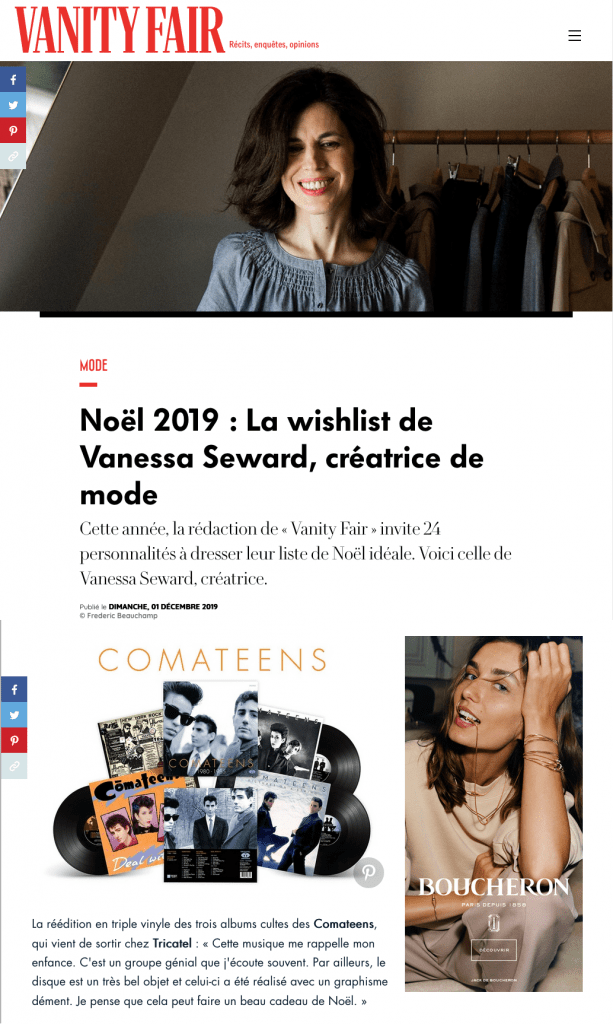 12/01/2019
12/01/2019